“We were doing a little bit of cleaning up and found this. It is now yours.” It was with these words that I was handed a small black fake leather case with a small black plastic camera inside – the Fujifilm DL-270 Zoom Date (or as it came to be known later, the “In-Law Camera”; Hamish will explain).
The camera is your standard run-of-the-mill autofocus and autoexposure 1990’s plastic 35mm compact point and shoot. Let’s go over some features (if we can indeed call them that), shall we?
There is very little information online about this camera: some pictures and even fewer actual results. However, I was able to find a manual and get down these specs:
- The camera sports a “lightning-fast” 35-70mm f5-9.5 power zoom lens (5 components, 5 elements
- Fortunately, the viewfinder zooms in together with the lens and contains parallax lines as well as a focusing spot
- Autofocus from 0.65m (at 70mm) to infinity with autofocus lock lamp next to the viewfinder
- Auto exposure control depending on the film DX code (ISO 50-1600)
- Drop-in loading and automatic threading
- Motorized winding and rewinding
- Auto flash, red-eye reduction, fill flash and flash off button
- Self-timer
- IR remote control
- “Panorama” mode
- Last but not least, date imprinting!
Now that I have been shooting with this camera extensively, lets go over these facts one by one.
While the lens is nowhere near fast, it is actually pretty sharp, especially at the wide end. The relatively large f-stop gives you a deep depth of field ensuring everything stays in focus. However, at 70mm, with low light and slow ISO, motion blur starts to be a big problem and the lens goes soft. The zoom stops are gradual and I usually don’t bother using them at all unless absolutely necessary. As mentioned above, the viewfinder is coupled to the zoom, so there is no need to guesstimate the frame. It is very bright and features a plethora of lines which sometimes feel redundant, but then again you can use them as guide lines. The auto focus works smoothly, you point to your subject, half-press the shutter and with focus locked, recompose. However, the lens will only focus after the full shutter press, which could be a problem with moving subjects that are rapidly getting nearer or further away from you.
Speaking of the shutter button, I miss the definitive click you get with other cameras, but after times fumbling with it, you will get used to it.
Film loading is super easy with the drop-in feature and I like it a great lot. Anyone changing film in subzero temperatures will understand. After loading the film and closing the back, the camera will self-wind the film and you can see the numbers on the shot counter. My only gripe with this is that I can see the camera wind to 37 shots and then wind back to 36, wasting a precious frame of an already expensive film. With fully manual cameras, I am sometimes able to squeeze 38 shots on one roll due to economic film loading.
As for the flash, I usually keep it on auto. With the camera being fully automatic, I let it go with the flow and focus more about framing and composition than controlling the exposure. Let the camera do that!
I will skip over the self-timer and IR remote control, and jump straight to “Panorama” mode. As with other similar cameras, this is not a true panorama. Switching to this mode will activate frame “lapels” and block the light from exposing the top and bottom border of the frame, effectively creating a 16:9 image. I can’t see why anyone would use it actively, as you are basically robbing yourself of half a frame of film, but perhaps it could be used in some playful, creative manner.
Now, onto the last and my most favorite feature: date imprint! That said, I have never used it. However, I am thinking of ways to employ it in some future project. Adding a date to a photograph could anchor it historically to a specific event in time. Well, we will see!
To wrap it up, despite its “plasticky” shortcomings and frame wasting, I love the “In-Law Camera” dearly. Actually, I have been shooting it exclusively for the past month or so. Fully automatic, it lets me to think purely about the shot. And in the end, that is all that counts.
I have included a series of photographs from a recent trip me and my friend undertook. We often go “urbex camping” in abandoned farm facilities and military bunkers. The stuff on the floor had been laying there since 1983. Shot on Ilford Pan 400.
Julián Péter
http://julianpeter.net
twitter.com/JuloPeter
Share this post:
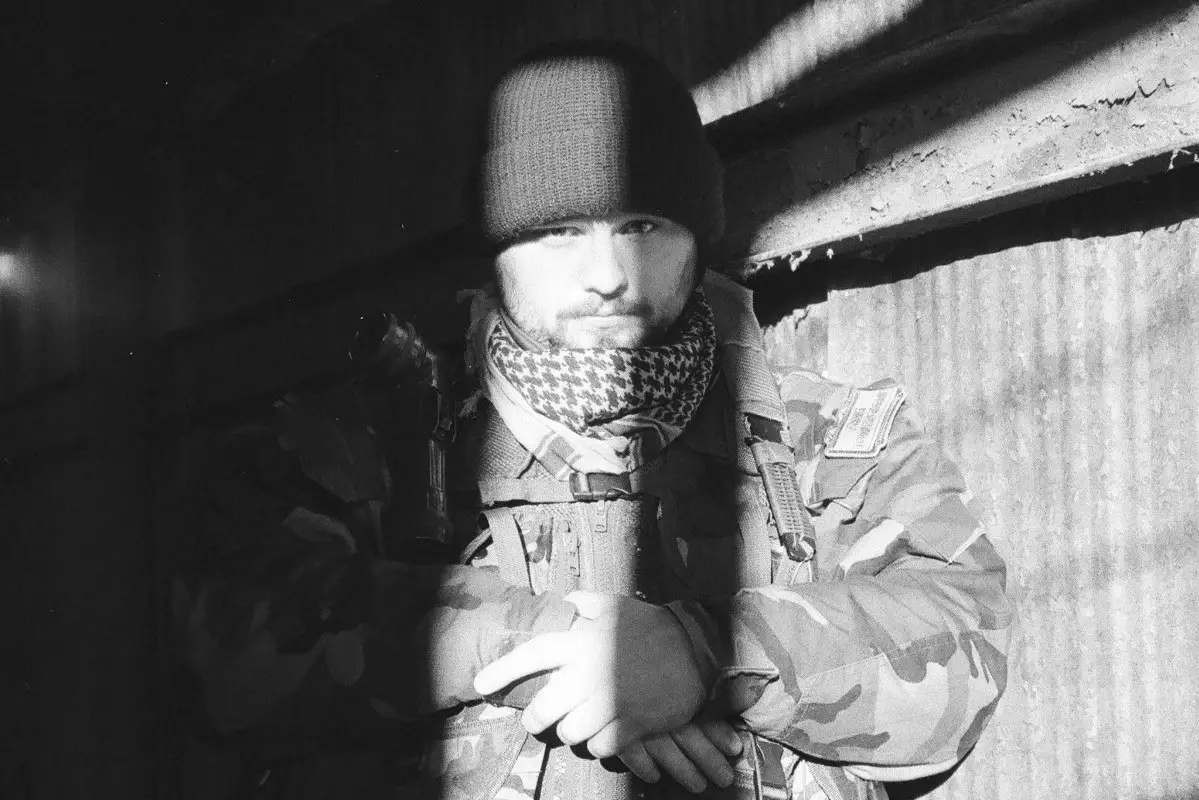
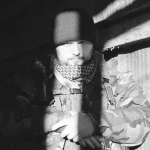
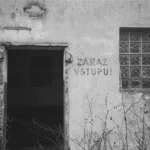
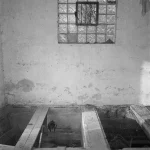
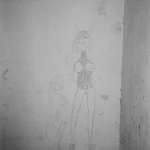
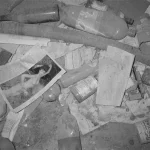
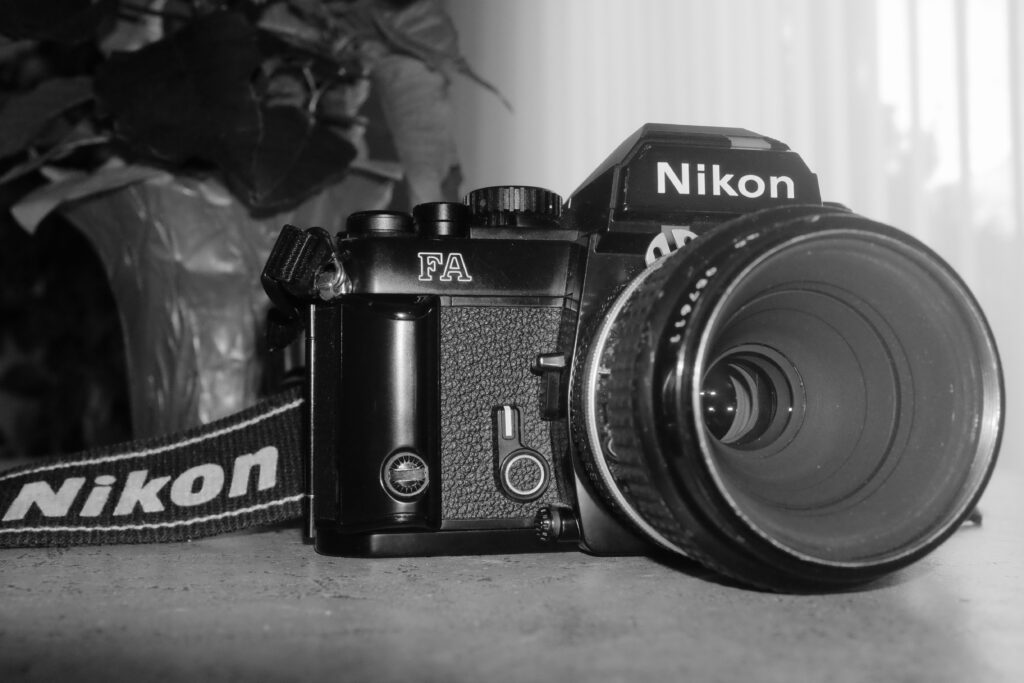
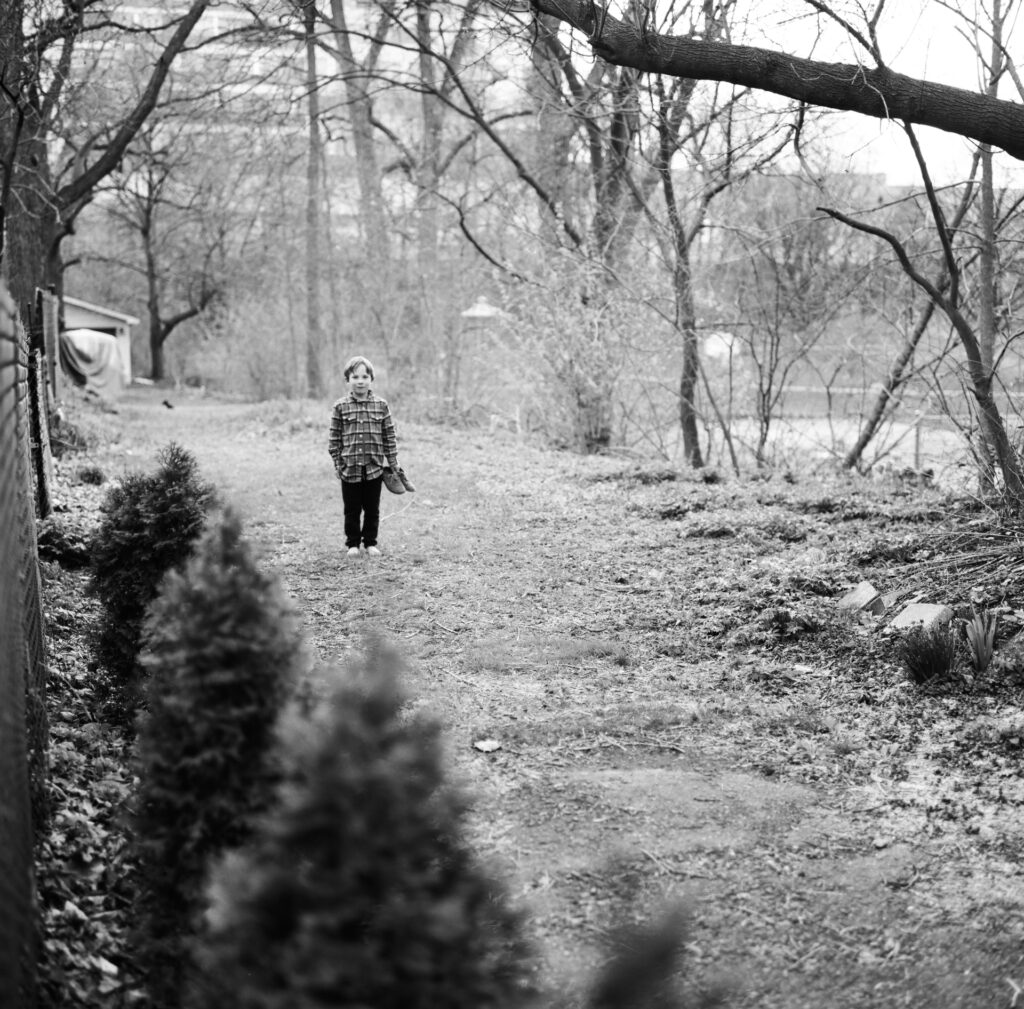
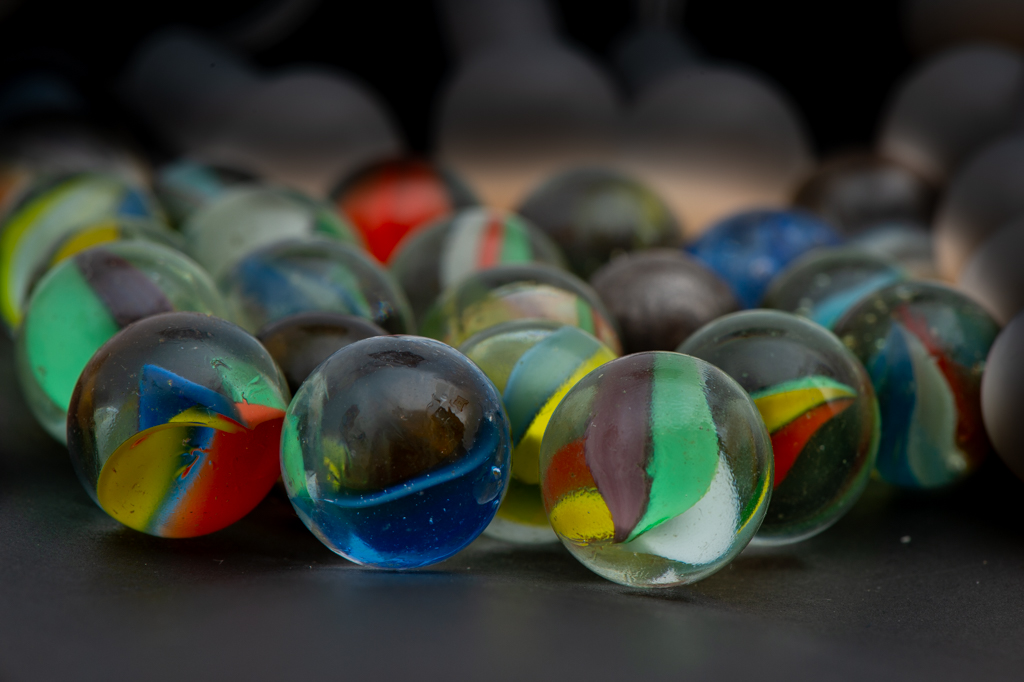
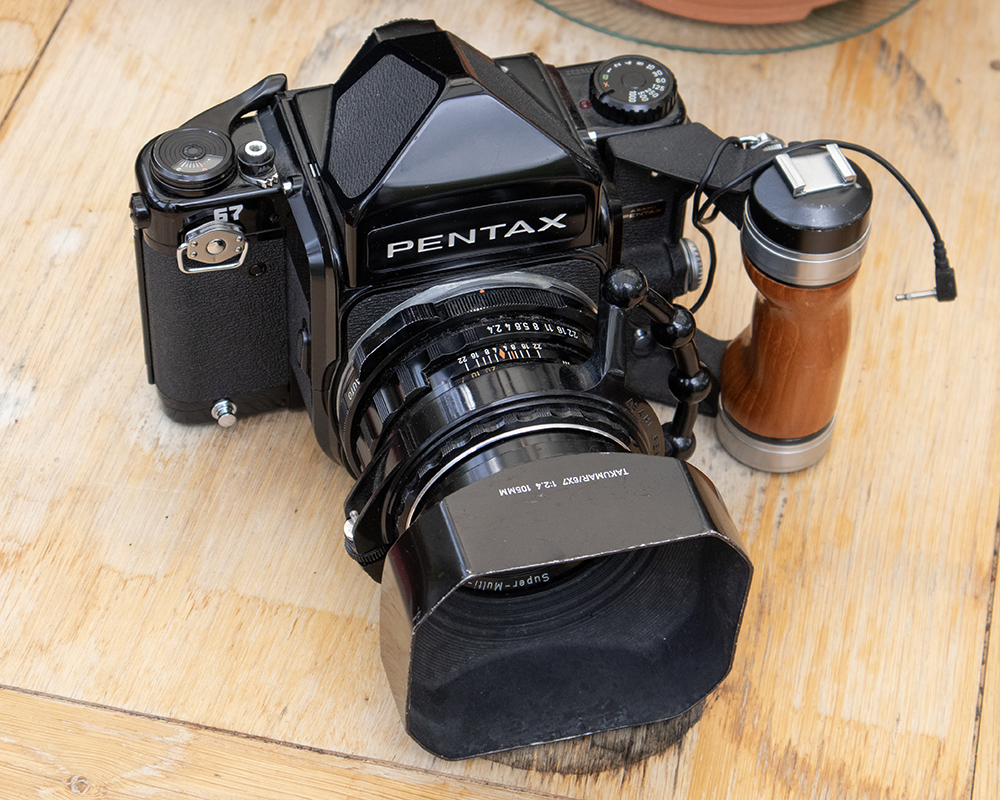




Comments
Hamish on Fujifilm DL-270 Zoom Date Review – The “In-laws’ Camera” – by Julián Péter
Comment posted: 05/02/2014
Love the photos! I know a few people into urbexing over here in the UK, but none who combine it with camping ... I'm sure they would all be very impressed! The funny thing is, the guy in the one photo looks just like my mate Dan who is into it!
Comment posted: 05/02/2014
Comment posted: 05/02/2014
Alli Styles on Fujifilm DL-270 Zoom Date Review – The “In-laws’ Camera” – by Julián Péter
Comment posted: 26/03/2017
Comment posted: 26/03/2017
Eylül on Fujifilm DL-270 Zoom Date Review – The “In-laws’ Camera” – by Julián Péter
Comment posted: 02/06/2022
Thanks for the reply!